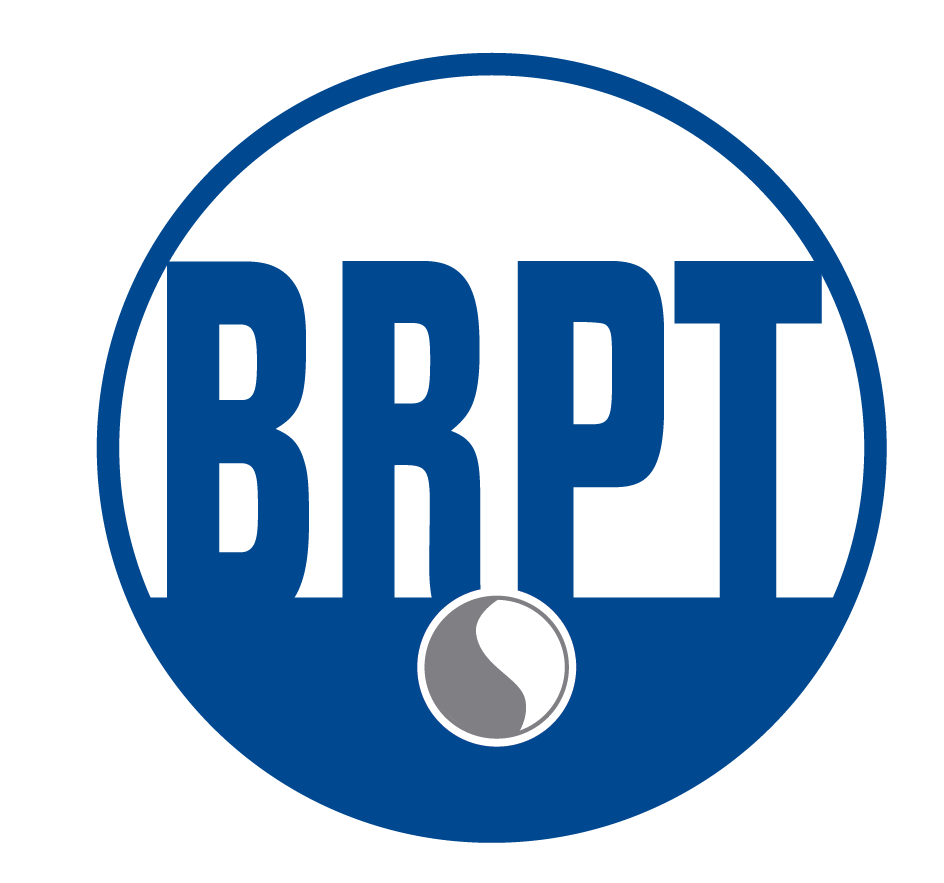By: Rachel Mouton, RPSGT, CCSH, LPN, Chair of the Exam Development Committee and Becky
Appenzeller, RPSGT, R. EEG T., CNIM, CCSH, Director of the Exam Development Committee.
In an effort to further support our exam candidates, we conducted a lengthy review of RPSGT
exam results going back as far as 2010. Our goal was to identify the areas of the exam where
candidates appeared to have the most difficulty. All BRPT exams are administered through our
testing partner, PearsonVUE, which provides Technical Analysis Reports (TAR). The TAR reports
provide statistics on each exam question, which allows us to track the areas of the exam where
candidates seem to falter the most.
Based on the current exam blueprint, the weakest areas of the RPSGT exam are the Domains
and subcategories outlined below. After each, we offer “Study Tips” to help candidates frame
how they approach and prepare for these sections.
DOMAIN 2: SLEEP STUDY PREPARATION AND PERFORMANCE » 29.3%
TASK A: Technical preparation
vi. Technical specifications and instrumentation
This section of the exam includes concepts such as understanding system references, sampling
rates, filters, etc.
Study Tip: Be sure to review the AASM recommended guidelines for specific monitoring such
as nasal pressure, respiratory effort and cortical channels.
TASK C: Procedures and practice guidelines
v. Home sleep apnea testing (HSAT)
Study Tip: Review the AASM recommended guidelines for performing HSAT, paying close
attention to automated scoring versus over scoring, reporting parameters and respiratory event
index.
TASK D: Identify, respond, and document
ii. Artifact
Study Tip: Make sure you recognize specific artifacts and what to do about them; for example,
pulse, respiration, ECG, and cardioballistic. In addition, make sure you recognize when to
replace a monitor versus when to wait versus when to remontage. For example, you shouldn’t
wake a patient out of REM sleep to reapply an electrode, rather wait until the patient awakens
or remontage appropriately. Lastly, this section contains a lot of graphic examples, so be sure
you can look at a montage and identify the artifact and where it’s coming from.
DOMAIN 3: SCORING, REPORTING, AND DATA VERIFICATION » 25.3%
TASK A: Adult PSG
i. Sleep stages
Study Tip: Make sure you are familiar with staging sleep epochs (graphics) and can recognize
specific waveforms, i.e. k complexes, spindles, sawtooth waves, alpha, delta, lateral eye
movement, etc.
vi. Cardiac events
Study Tip: Make sure you can recognize specific cardiac abnormalities, i.e. bigeminy, a-fib, aflutter, tachycardia, bradycardia, v-tach AND know which are life-threatening arrhythmias.
Further, you should also have the ability to determine (calculate) heart rate based on the
graphic.
DOMAIN 4: THERAPEUTIC TREATMENT AND INTERVENTION » 28%
TASK A: PAP therapy (e.g., CPAP, bilevel, ASV, NIPPV)
v. Troubleshooting (e.g., leak levels, pressure release, humidification)
Study Tip: In this section you should be familiar with the challenges that can occur, and
understand the appropriate responses, such as mask leaks, humidity, pressure release, tube
condensation and waveform flattening.
The most important guidance we can give you as you prepare for the RPSGT exam, is to
always remember that the exam tests against RECOMMENDED guidelines, NOT individual lab
protocols. This means, study the AASM scoring manual, AASM recommended guidelines, and
AASM practice parameters. And lastly, memorize the recommended sampling rates, low filters
and high filters.
Finally, candidates are required to read and agree to a Confidentiality and Non Disclosure Agreement (NDA) on the computer screen prior to starting the exam. The NDA appears on the computer screen when the test begins. Candidates have 3 minutes to read and agree to the NDA or the testing session is immediately terminated. Don’t forget to agree to this!
Good Luck!!
